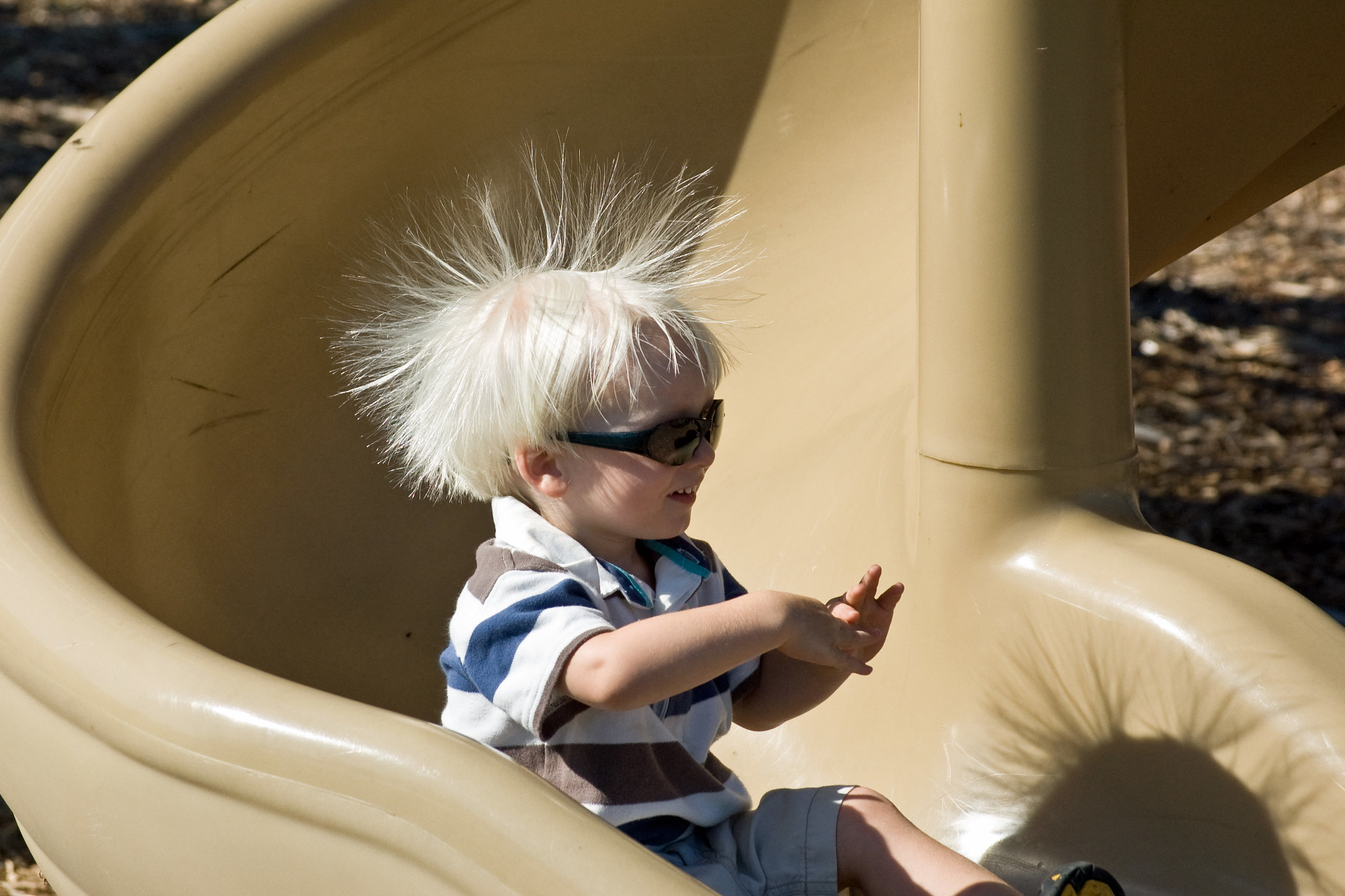Most if not all controversy around using an air ionizer is based around the ideal that ionizers create ozone as a by-product and that ozone is horribly unsafe.
There are many proponents of using ionizers and ozonators. There are also many people including government sources that say that the benefits of using these machines do not outweigh the harm they can cause.
Table of Contents
Ionizer vs. Ozone
What is an air ionizer?
An air ionizer generates negatively charged ions and then releases them into the airstream. They attach themselves to particulates through polarity which become too heavy to float and fall to the ground or surface.
What is an ozone generator?
A ozone generator deliberately produces Ozone gas. Also called activated oxygen, or the third molecule of oxygen, when does third molecule comes in contact with a contaminant, it changes its structure or oxidizes it.
Is then returns back to oxygen.
The issue is that ozone is dangerous to breathe. It is so highly reactive that it will decompose your lung tissue when it is inhaled at link or in large enough quantities.
Left at that, most of us would just say, what the heck? I thought the air purifiers were supposed to clean the air not make it dangerous to breathe. Why would I want to mess with that?
True.
But if we apply the same type of logic to other potent energies like electricity or gas, we would be living in the dark with no heat.
We wouldn’t have electricity running to our homes because we could potentially be shocked and killed by it.
We wouldn’t have heat because of the danger of gas exploding.
The thing is that Ozone is the best disinfectant for destroying bacteria known to man. Ozone Smell.
But like any potent energy, it must be harnessed and used safely.
 And
And
Negative ions are very beneficial to the atmosphere and are instrumental in naturally clearing the ambient air that we breathe outside everyday.
One government study shows that ion generators that create both positive and negative ions cluster around airborne particles that’s still the particles hydrogen atom, which creates a hole in the particles outer protein membrane rendering it inactive.
Are you saying that ionizers can actually render airborne bacteria harmless?
Ionizer air purifier good or bad?
Most definitely good. Ionizers have the capacity to remove ultra fine airborne particulates that HEPA filters that are designed to capture .03 microns cannot do.
Also an Ionizer working along with a HEPA filters help clump fine particulates together so that they become large enough for the filter to capture.
Many other studies exist that expound on the effect that negative ions have on persons suffering from depression.
In the now famous article by WebMD, Columbia University found that negative ions relieve depression as much as antidepressants.
Very interesting.
ARE IONIZERS DANGEROUS?
Most ionizers do not create enough ozone to be considered and ozone generator. But nevertheless, they do in fact create ozone as a by-product. So an ionizer in a wrong space could be considered dangerous.
The fundamental issue is that ozone should not be used in the vicinity of people or pets or plants
But there are many ionizers that come with an ozone dial to be able to turn the ozone up.
Many times the dial is called a “while you’re away” setting.
That simply means that the ozone level is going to be too high to breathe on that setting and you should not run it while you’re in the house.
And that is where the fine line is.
Most people think of an air purifier as a device that you can set up in the back of the room behind some plants then turn it on and leave it on.
In the case of an air purifier that uses filters as its only cleaning source, although not the best way to get the most out of the air cleaner, it is still perfectly fine to do so.
But with ionizers, turning them on and leaving them on can cause ozone to build up to an uncomfortable or even dangerous level.
So to prevent exposure to Ozone,
Why not use the same precautions with an ionizer that is used with a Ozone gas generator.
Simply use the ionizer when there is no people or pets around.
The point is, why should you throw away the amazing benefits of using an ionizer when adjusting how you use the ionizer could prevent ever being exposed to ozone and still allow you to enjoy the benefits?
An even better solution.
Invest in a smart air purifier.
There are many air purifiers on the market these days that incorporate air quality sensors to monitor your indoor air quality and communicate when to turn the air purifier on and off based on
the actual pollution in your air.
These are purifiers incorporate ionic and filter based technologies working together.
They also never generate dangerous levels of ozone.
And just like anything else in our modern world, you can receive alerts as well as schedule your air cleaning via your smartphone.
Another better solution to the stand alone air ionizer.
Induct air purifiers
In duct air purifiers are installed into the ductwork of your HVAC central heat and air system.
These air purifiers use plasma and PCO ionizers to clean the air inside of your
HVAC plenum and ductwork.
They essentially turn your central heat and air system into a whole house air purifier.
This works remarkably well because the HVAC is not only the source of warm and cool air that comes into your home, it is also one of the main sources of indoor air pollution including mold spores and dust mites.
Since these units are hidden away inside the ductwork and attic, the small amount of ozone generated dissipates before entering the airstream.
 Summary
Summary
The difference between an ionizer and ozone is that the main function of an air ionizer is to generate negative ions and discharge them into a room.
Where as an ozone generator deliberately generates Ozone gas that is used to oxidize and disinfect every molecule in its way.
The similarities begin because ionizers with fans generate a small amount of ozone as a byproduct.
Though it is generally recognized that the amount of ozone then an ionizer creates is not enough to make the device considered an ozone machine,
Even placing an ionizer in a smaller area than it is intended can create a harmful amount of ozone.
But the benefits of ions and ozone cannot be ignored and should not be thrown away because just like any other potent energy, there are ways to use ozone safely.
An ozone generator should never be used around people, pets, or plants.
This is the first safety regulation you will find with any ozone generation.
And just because someone labeled air ionizers as home air purifiers does not mean that the ozone generated by these should be respected any less.
You can still get the great benefits of ions without being in the same room with the ionizer.
These devices should be timed to run when you are not home or when the area is not going to be occupied for a while.
A Simple solution.
A better solution.
A smart air purifier uses air quality sensors to control when an air purifier is running and when it is not according to the amount of pollution in the air.
These air purifiers will not allow ozone to be generated in a dangerous level ever.
See also:
What does an Ionizer Do?
Air Ionizer
Filterless Air Purification








